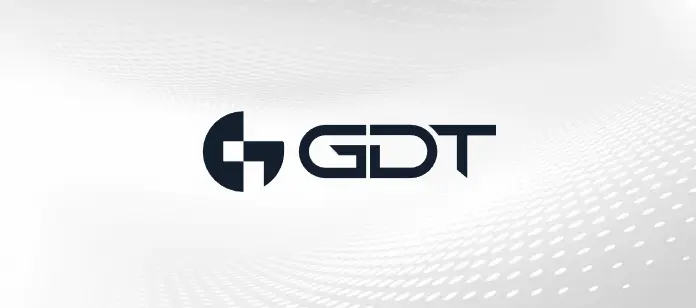This past Saturday, December 29th, while you were trying to figure out which of the forty-one (41) bowl games you should tune in to, a cyberattack hit the Los Angeles Times and a number of Tribune-owned newspapers, including the Chicago Tribune and Baltimore Sun. Readers hoping to sit down with a steaming Cup of Joe and the sports section were soon disappointed when their paper didn’t arrive. The attack crippled the distribution of newspapers that utilize the same production platform.
An unnamed source states that the attack appears to have originated outside the U.S., but any additional information supporting those findings haven’t been disclosed.
The malware was initially detected the day before by the Tribune-owned Orlando Sentinel, but doesn’t appear to have affected any credit card or personal information of their, or any of the other papers’, subscribers. Only back-office systems were disrupted, and none of the newspapers’ websites were affected. It appears that the attack wasn’t launched to steal data, just take over servers and ruin readers’ Saturday morning.
The attack crippled some newspapers more than others. The San Diego Union Tribune appears to have taken the biggest hit; almost ninety percent (90%) of their Saturday editions didn’t get delivered.
Included in the attack was the New York Daily News and the West Coast editions of the Wall Street Journal and The New York Times.
The Department of Homeland Security (DHS) is looking into the event, but neither they, nor the FBI, have issued any comments related to the attack.
Insult to Injury
Newspaper-attacking malware seems especially vicious considering what’s happened to the industry over the past twenty (20) years. At one (1) time, there were few media jobs that carried more cachet than that of a newspaper reporter. Just ask Woodward and Bernstein. The Internet has changed all of that, of course. To make matters worse, newspapers were slow to re-invent themselves in the digital age. According to a report from the Pew Research Center released six (6) months ago, employment in newsrooms has fallen by twenty-three percent (23%) in the past nine (9) years. And the largest newsrooms hit were in the newspaper industry.
Security Concerns?
To find out how to secure your organization’s network and mission critical data, contact GDT’s tenured and talented engineers and security analysts at SOC@GDT.com. From their Security and Network Operations Centers, they manage, monitor and protect the networks of companies of all sizes, including those for some of the most notable enterprises, service providers, healthcare organizations and government agencies in the world. They’d love to hear from you.
If you want more information about network security, check out the following articles:
Don’t get blinded by binge-watching
Mo Money, Mo Technology―Taylor Swift uses facial recognition at concerts
Step aside all ye crimes—there’s a new king in town
Q & A for a Q & A website: Quora, what happened?
They were discovered on Google Play, but this is no game
Elections are in, but there’s one (1) tally that remains to be counted
Hiring A Hacker Probably Shouldn’t Be Part of Your Business Plan
Sexy, yes, but potentially dangerous
Tetration—you should know its meaning
When SOC plays second fiddle to NOC, you could be in for an expensive tune



